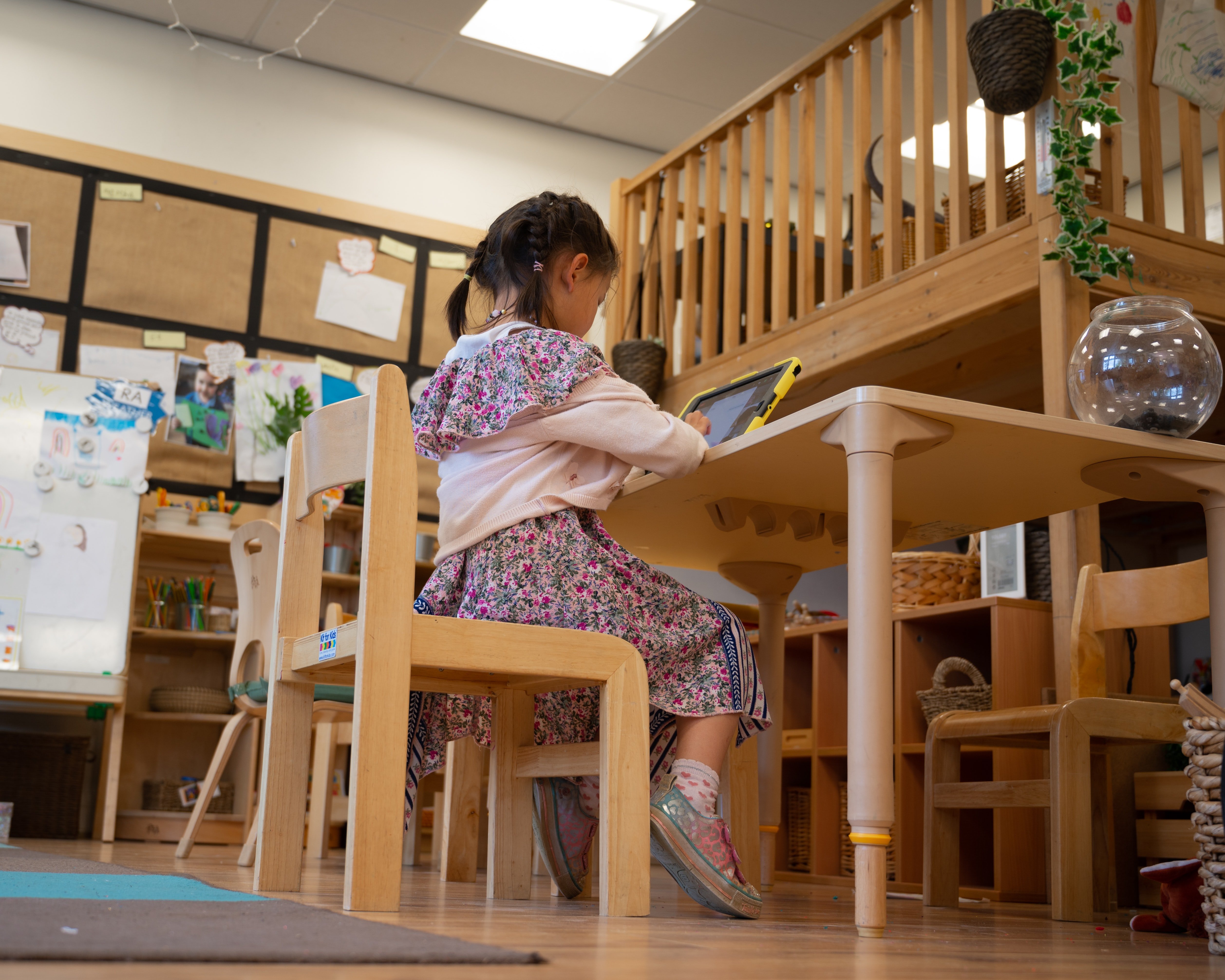
Fall is fast approaching and returning to school full time is a hot topic. There is pressure on public and private schools to return this season with a focus on what health and safety measures schools will take for students and teachers.
Schools all over the nation are brainstorming on how to tackle education this fall. But what about your school’s safety measures for technology? Whether you're planning to have your students physically return to school or creating a plan for distance learning, you need to consider tightening up your IT as well to match the new challenges.
Why? “Cyberattacks account for more than half of all incidents in education–all the more reason why school network security should be a top priority for IT leaders.” (eSchool News)
Is Your School Setup for Successful Virtual Learning?
While preparing to re-open, it is important to take a look at your school’s IT setup:
- What is the state of your network? Are you set up for outdoor wifi?
- Are your students going to be learning at school or home with a school device?
- How will that device be managed?
- Will there be content filtering enabled so they can’t visit harmful websites?
“Fifty-five percent of IT and tech leaders in urban districts identify ‘safeguards to protect the privacy of digital student data’ as a top requirement when planning for new digital initiatives (eSchool News).”
So, what should you consider while reevaluating your school’s IT landscape?
From the Eyes of an Educator
A teacher at Friends’ Central Private School, Katie Dickerson, has concerns in regards to the upcoming school year: ”This year will be different -- In the 2019-2020 school year I knew my students before going virtual, but going into this school year will be different. I worry about the possibility of getting to know them totally relying on technology. If we are partially or entirely virtual, I’m worried that building a relationship with my students will be much harder.”
The Benefit of Technology in Distance Learning
Dickerson says, “I’m lucky that the school I teach at has the technology to support academic integrity. For example, we have a program that allows me to lock my students’ devices through software so that when I’m giving a quiz, I have control over my students’ device.”
However, not every school can afford this type of technology. When asked about her concerns for kids in public vs. private schools, Dickerson noted the disadvantage of the inconsistency in the public school system. “I worry about students in public schools right now where not all students have consistent access to personal devices or stable internet. At Friends’ Central, all students have their device already. In some public and charter schools, especially those that are underfunded, students rely on their phones, possibly unfamiliar devices that were distributed once stay-at-home orders began, or devices shared by many family members."
There may not be an answer to this problem right now, but there are bills in play that will offer grants and new funds to schools to help accommodate these schools in getting technology where budgets are lacking.
A Case Study: Safe Remote Learning & Technology Enablement
In late March, a Chester Charter Scholars Academy School (CCSA) needed a smooth transition to virtual learning and wanted to organize a plan quickly. They historically used carts in the classrooms. Springboard IT partnered with them and facilitated the provisioning of 200 Chromebooks as well as ordering Google EDU licensing for a 1 to 1 enforcement at home.
To wrap up the school year, Springboard IT successfully helped CCSA with the streaming of their Middle school and High School graduations in June by configuring a new network and hardwiring a camera for clear live stream experience. With the upcoming school year fast approaching they decided to add another 200 Chromebooks to their device inventory in anticipation of continued distance learning as well as enabling Google Guardian for staff and parents to better communicate.
What’s in The Solution
Mobile Device Management (MDM)
MDMs like Jamf are a great way to manage your school’s devices such as your Macs, iPads, iPhones, and Apple TV. Jamf offers zero-touch customizable management solutions that include apps for Teachers, Parents, and Students. Device management offers extra security features in case your student loses a device as well as light filtering for when your students are surfing the web. Parents and teachers can control applications, device limits, and more through a special app. Google’s Admin console has similar functions for Chromebooks.
Content Filtering/ Cyber Security
Content filtering tools such as Cisco Umbrella is a reliable and powerful cloud security solution giving your students the freedom to work securely at home as well as help manage and protect what your students are searching for on the web. Cisco Umbrella can act as your first line of defense against threats and can see attacks anywhere and everywhere.
Endpoint Protection/Anti-Virus
Anti-virus protection, email spam filtering, and advanced phishing threats will make sure to actively monitor threats and alert you when they are on a student computer. Chromebooks have it built-in, but for Macs or Windows devices, you can look at solutions like Sophos or Malware Bytes.
Conclusion
Schools have increasing pressure to deliver quality education to students while keeping everyone protected from the epidemic. With the right technology solutions, schools can accomplish this while still keeping students safe and private per legislation like COPPA and FERPA.
Where do you start?
Use our checklist as a way to assess your school:
{{cta('c57eea77-c6b7-496c-9385-0d4400ba9cdb')}}
For more on how schools are using technology to improve the learning experience, check out the education case studies on our site, or book a consultation to get started right away.
Credits: Photo by Andy Falconer on Unsplash